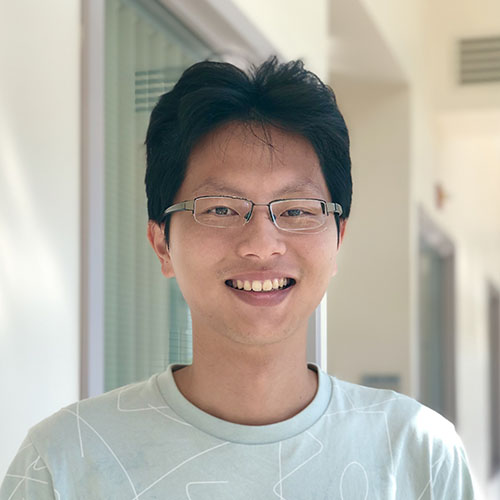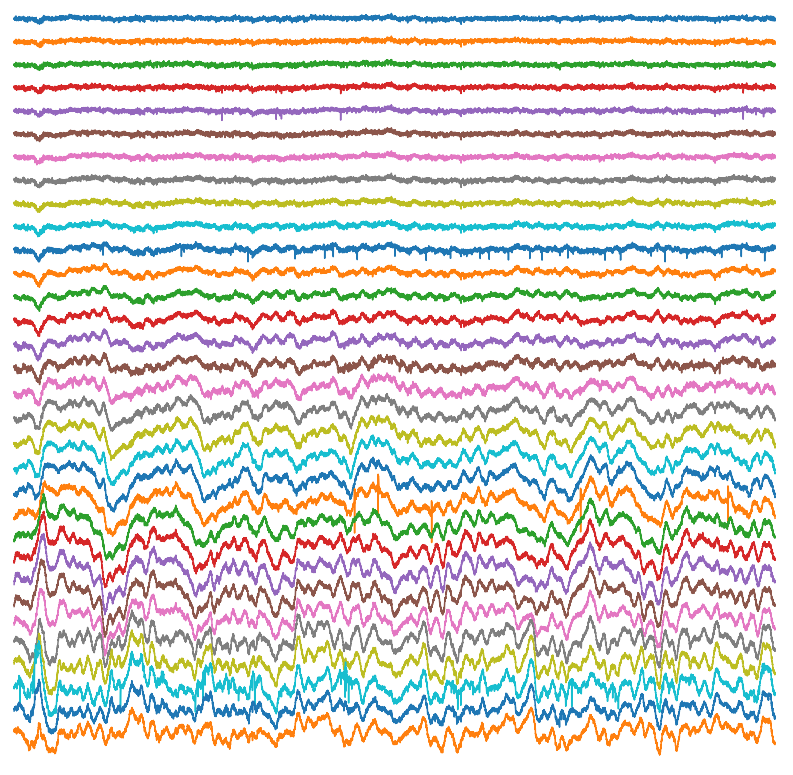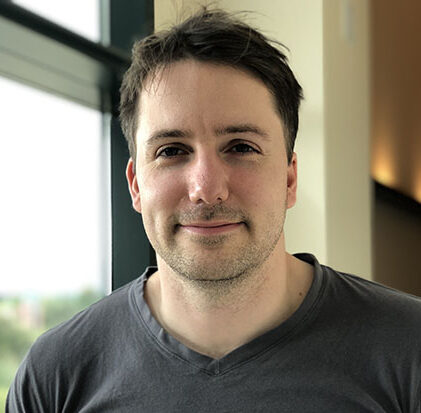We use high-density silicon probes in the hippocampus and related circuits to record from single neurons and monitor the local field potential dynamics with high spatiotemporal resolution. When combined with optogenetics, we can “tag” neurons to achieve cell-type specific recordings as mice navigate a cue-rich treadmill while head-fixed or during restraint-free behavior. Optogenetics also enables us to study how specific cells within and outside of the hippocampus control important LFP dynamics, including theta and sharp-wave ripples. We use a variety of electrode layouts, including Neuropixel probes, to cover a range of research questions.

Instructor
Ernie Hwaun
Ernie completed his PhD in Neuroscience from the University of Texas at Austin. He is interested in how neurons connect with each other to support cognitive functions such as memory. To tackle this problem, Ernie has been using in vivo extracellular recording techniques to obtain neuronal activity while animals perform a memory task. Besides research, Ernie enjoys playing basketball with friends and reading manga.
Email:ernie214@stanford.edu

